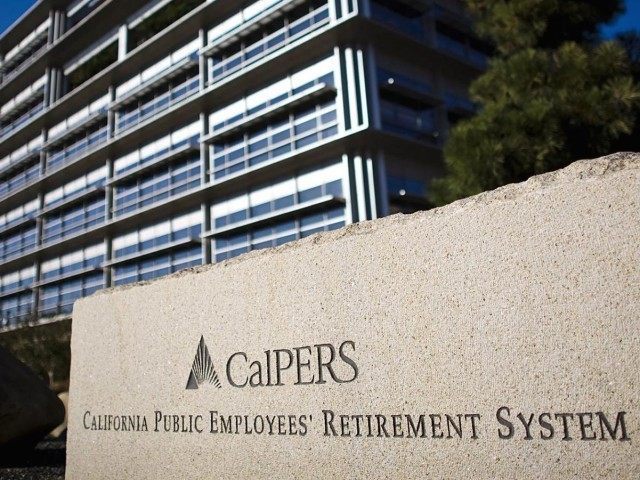In a recent Los Angeles Times “Economy Hub” post on public-sector pensions, Michael Hiltzik took a shot at the California Policy Center for analyzing the average pensions of full-career Calpers retirees–those who work at least 30 years–in its pension analyses.
Hiltzik calls this a “trick used by critics of public employees to make their compensation appear unduly lavish…”.
It is true that most Calpers employees do not work for 30 years or more. But in order meaningfully to analyze the scale of public pensions, it is necessary to do as close to an apples-to-apples comparison with private-sector employees as possible. That means excluding the records of the thousands of public employees who only work a short time for the government and receive an associated tiny pension. Including these pensioners artificially adjusts the pension averages significantly downward.
The number of years worked to constitute a full-career employee can be debated, but the principle–excluding marginal government employees to obtain a more robust average–cannot. And given that average private-sector employees work a total of 43 years, and must work at least 35 years to receive a full Social Security benefit, setting the full-career threshold at 30 years seems like as good a number as any.
So how big are their pensions? Based on public disclosures of Calpers pension records uploaded on TransparentCalifornia.com, the average 2014 full-career pension for recent retirees was $67,275. That’s twice the $33,653 average that Hiltzik cites–a figure that includes the pensions of employees who only worked for the government for mere months. In comparison, the average 2014 Social Security benefit was $16,164.
The number of full-career pensioners in Calpers alone in 2014 was 109,809–certainly not the “rare, if not largely mythical, beast” that Hiltzik suggests.
Hiltzik argues that such pension comparisons between the public- and private-sector workforce are fatuous given that the former is more experienced, more educated, and more likely to be in management roles. While that may be true, the extent of the differences between the workforces is not big enough to justify government pensions that are four times what Social Security recipients receive.
Pension defenders argue that investment returns fuel most pension payments. But pension funds are significantly underfunded–with taxpayers on the hook for the difference. With one more market downturn, the fiscal obligation will only grow. Public pensions should be reformed now–while there’s still time.
That’s not to say defined-benefit plans don’t have their virtues–as Hiltzik highlights in his piece. They overcome defined-contribution plans’ market-risk, where pensioners are at the mercy of the stock market, as well as mortality risk, where pensioners are at the mercy of their lifespans. The security associated with defined-benefit plans is the reason that a recent Gallup poll finds that public employees are happier with their pension plans than private employees.
But there is no reason that pension plans cannot be reformed to address their fiscal burden while still remaining defined-benefit. In fact, to do so only two pieces of past legislation need to be addressed.
First, in 1999–near the peak of the dot-com stock market– the highway patrol union succeeded in passing SB 400, which increased its members’ pensions by 50 percent. The move was retroactive, meaning that the increase also affected all previous years worked. For full-career employees, that meant the difference between retiring with an annual pension at 90 percent of their yearly salary, and 60 percent of the same.
Using that as a precedent, nearly every other union in the state was able to negotiate the same massive pension bump over the next few years. When the stock market crashed, it became evident that such raises were unfeasible, but the damage had already been done.
Before that, in 1984, Prop 21 empowered pension plans to make higher risk investments. That freed the funds up to make their wildly inflated 7.5 percent return projections, which can only be hit in bull markets. But such high projections mean that state employees can get away with significantly lower contributions, which leaves the entire system at risk of insolvency.
Measures to reverse the impacts of SB 400 and Prop 21 are the types of reforms that can save the defined-benefit plan that pensioners and Hiltzik champion. But in order to begin the conversation about how to do that, we must be able to identify meaningful pension averages for those who actually work a career–not a stint–in the government.
Ed Ring is the executive director at the California Policy Center.

COMMENTS
Please let us know if you're having issues with commenting.